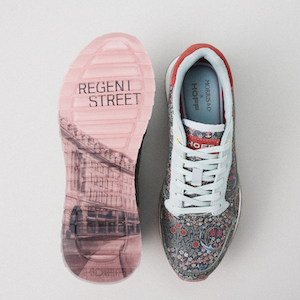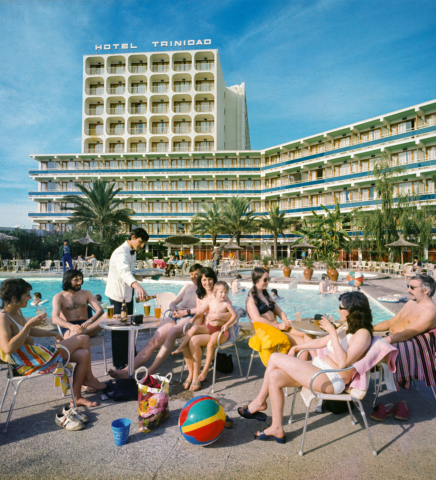EXPOSED; Walls to Pages
By Jo Phillips
Walk your mind through the corridors of history without the confines of space and time to explore the art movements that have been shaping the world since time immemorial. Phaidon new revised edition of Art Museum abridges restrictions to take you on a detour of your very own personal museum from the Palaeolithic cave paintings to the 21st-century works of art. Today we acclaim the most important modern art movements that shaped the world today.
Fauvism, a short-lived Avant Garde movement led by artist’s such as Henri Matisse, Andre Derain and Georges Braque, was an immense change in the world of art. ‘Les Fauves’ or the wild beasts, as they were known, painted in vivid colours and rough brush strokes, in which feelings and emotions while painting a particular scene or object were based on a particular experience, a stark contrast from the negative feel of symbolist art. Profoundly inspired by artists such as Vincent Van Gogh’s and Paul Cézanne’s, The Fauves painted mostly landscapes and portraits, in free and abstract strokes of colour.
Cubism is a modernist movement that abandoned perspective and instead allowed artists to look at a subject from multiple vantage points, depicting an entirely new way of looking at objects. Started by Georges Braque and Pablo Picasso, cubists artists favoured geometry to reality, paving the way for a new abstract movement that led to the birth of future art movements including, Dadaism and Surrealism. Colour palettes were simplified and neutral and there was a feeling of flat, two-dimensionality about the paintings. Cubism, in essence, aimed to really understand the entirety of the subject through time and exploration.
Dadaism was a form of artistic anarchy – or ‘anti-art’ that was born out of disgust for the social, political and cultural values as a reaction to what many had thought had led to the first World War, in Zurich. Dadaism was a mockery of materialism and intended to provoke shock or enrage the viewers. It gave a platform to music, dance, theatre and politics. Between 1917-1920 the Dada group attracted many different types of artists including Raoul Hausmann, Hannah Höch, Johannes Baader, Francis Picabia and Georg Grosz.

Surrealism – meaning above realism, is a movement born out of Dadaism that explored the imagination and subconscious. It often made no sense and depicted random thoughts and dreams, aiming to find truth in the universe, illogically as possible. The Persistence of Memory by Salvador Dali, perhaps his most famous piece and the most recognisable Surrealist paintings, depicting melting and distorted clocks.
Pop art emerged in Britain in the 50s, conceived by a group of artist’s and critics who met to regularly discuss popular culture in fine art. A form of expression of popular and commercial culture. Considered one of the most recognisable forms of art, Pop art was a major shift from Abstract Expressionism and sought to take popular culture to a finer level of art. Pop artists as the Americans Roy Lichtenstein, Andy Warhol, Claes Oldenburg, James Rosenquist, Britons David Hockney and Peter Blake, were characterized by their reference of commonplace iconography that had an impact of everyday life. Popular items such as soup cans, coke bottles and celebrities were all recognisable running themes.
To find out more about Art Museum, click here.










